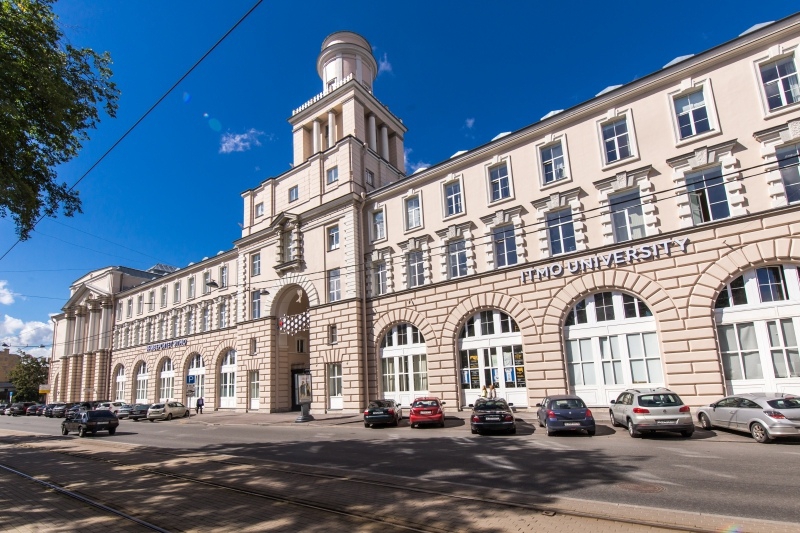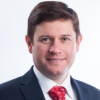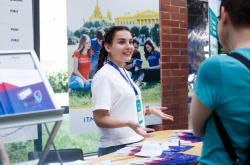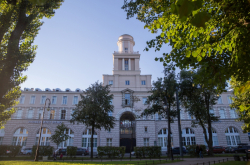The ARWU (Academic Ranking of World Universities) is compiled by the independent organization ShanghaiRanking Consultancy annually since 2003. Its prestigious status is explained by the ranking’s clearly-defined and transparent selection criteria.
The ARWU ranking includes four key criteria: Quality of Education, defined by the number of Nobel- and Fields-winning alumni; Quality of Faculty, determined by the number of Nobel- and Fields-winning staff and the number of highly-cited researchers; Research Output, determined by the number of articles published in Nature or Science or indexed in SCIE and SSCI; the last criteria, Per Capita Performance, indicates the work efficiency of each university employee, meaning that the total score gained in the first three criteria is divided by the number of scientists and professors employed at the university.
In the newest ranking published on August 15, ITMO University has retained its position in the 801-900 range. The key factors that defined its performance were the articles published in major scientific journals: three articles in Science and three in Nature, published in 2016, 2017, and 2018. These include:
- The microbial metabolite desaminotyrosine protects from influenza through type I interferon (Science), co-authored by Ekaterina Esaulova, a programmer at the Information Technologies and Programming Faculty. This study demonstrated the effects of intestinal microbiota on the immune response to influenza;
- Multipotent peripheral glial cells generate neuroendocrine cells of the adrenal medulla (Science), co-authored by Vyacheslav Dyachuk, a junior research fellow at the Department of Nanophotonics and Metamaterials. Its authors studied the emergence of chromaffin cells, responsible for the fight-or-flight response, from stem cells;
- Network science on belief system dynamics under logic constraints (Science), co-authored by Anton Proskurnikov, a senior research associate at Fin Q Lab. In this study, the researchers have described mathematical models that can be used to predict changes in public opinion;
- On-chip generation of high-dimensional entangled quantum states and their coherent control (Nature), co-authored by Roberto Morandotti, a professor at the Department of Laser Systems and Technologies. Authors of this study developed an optical chip capable of generating and manipulating high-dimensional entangled photons, thus improving the stability of optical signals;
- Surface patterning of nanoparticles with polymer patches (Nature), co-authored by Ekaterina Zhulina, a staff member of the International Scientific and Research Institute of Bioengineering. The article concerns the interactions between nanoparticles and specific polymer structures;
- Electrophilic properties of itaconate and derivatives regulate the IκBζ-ATF3 inflammatory axis (Nature), co-authored by Alexey Sergushichev, a research associate at ITMO University’s international laboratory of computer technologies.
With each year, the number of articles by ITMO researchers published in highly-indexed journals grows higher. Will that affect ITMO University’s performance in the next year’s ranking? According to Ilya Kuftiryov, the head of Rankings Research Center at ITMO, future improvements are likely to be caused by the increase in the number of articles indexed by Web of Science and published in Nature or Science.
“In the case of this ranking, the key potential for growth lies, among other things, with research projects marked by articles in Nature and Science and in which our scientists play a key role. But it’s worth keeping in mind that articles made for journals of that caliber are the result of long and hard work, international collaboration, and extensive funding. One article in Nature may be the fruit of four or five years of labor,” he explains.
Another possible growth driver is the involvement of highly-cited researchers:
“Highly-cited researchers are the ones whose works comprise the top 1% of the world’s most cited articles. At this time, that is approximately one researcher out of a thousand. The company Clarivate Analytics, which owns the Web of Science database, publishes an annual list of these individuals, of whom there are currently more than 6,000. But there are only 10 people representing Russia on that list, and none of them have a Russian university as their first affiliation – which is precisely what matters for the ranking. That’s why Russian universities need to foster and retain their scientific geniuses as well as attract the rising stars of global science who would build their careers at Russian universities,” says Ilya Kuftiryov.
The 2019 ARWU also includes other Russian universities such as the Lomonosov Moscow State University, St. Petersburg State University, Novosibirsk State University, and the Moscow Institute of Physics and Technology. The No. 1 spot has been held by Harvard University for 17 years in a row, followed by Stanford University and Cambridge University. Also in the top 10 are MIT, UC Berkeley, Princeton University, Oxford University, Caltech, and the University of Chicago. The most highly-represented countries in the ranking are the USA, China, and the UK.
In the summer of 2019, the agency ShanghaiRanking Consultancy published its Global Ranking of Academic Subjects (GRAS). ITMO University, which had debuted in this ranking a year prior, entered the top 100 of the Automation and Control subject ranking and retained its positions in the subject fields Materials Sciences & Technology and Nanosciences & Nanotechnologies.






